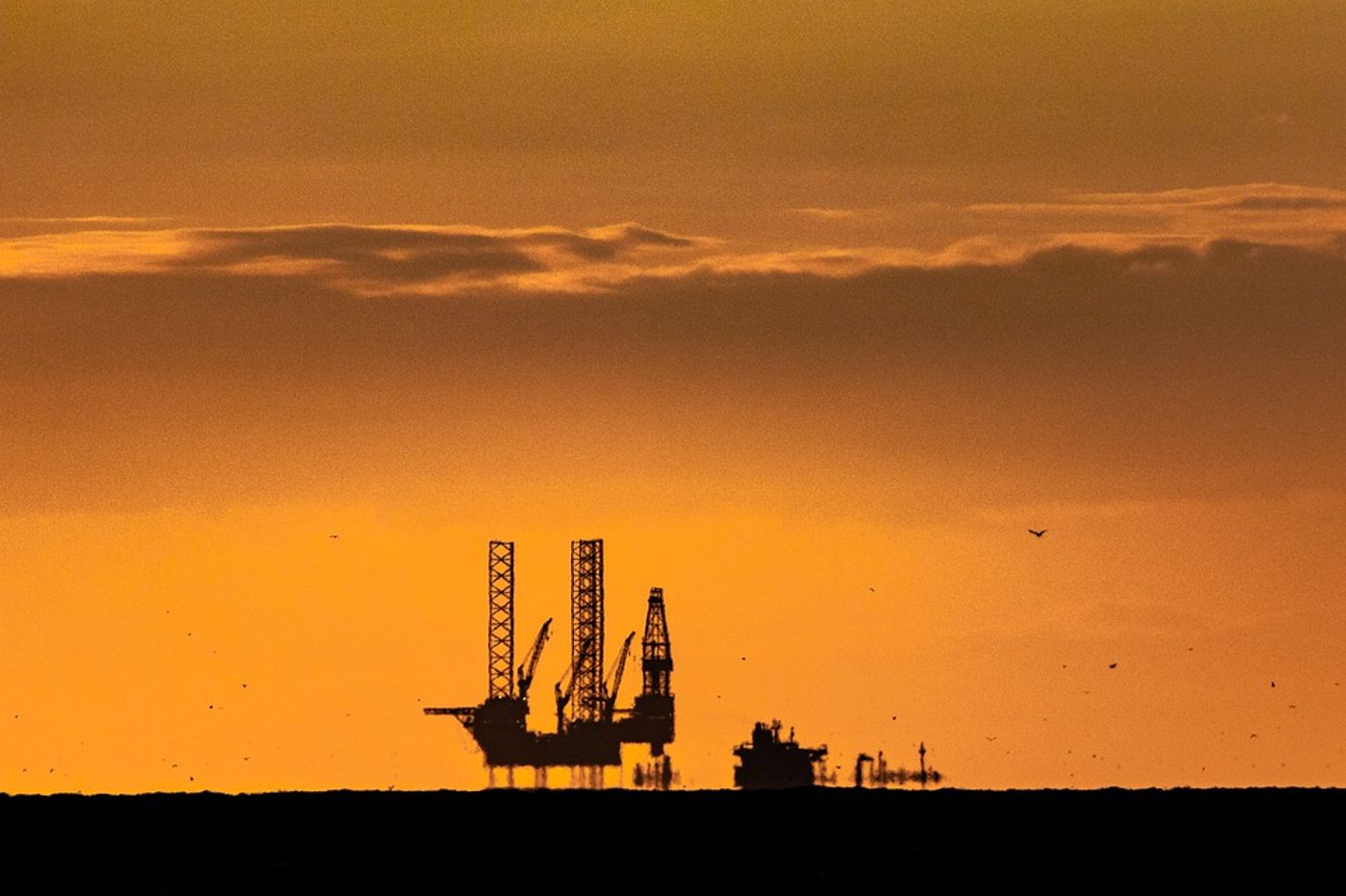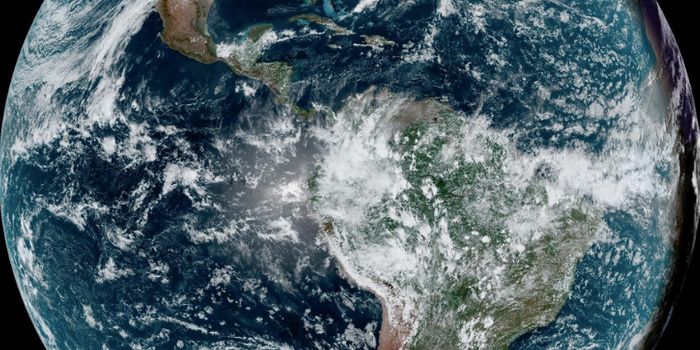Mapping the anthropogenic development footprint on oceans
Scientists have concluded in successfully developing the first map illustrating the extent of human development in oceans around the world. Marine construction driven by humans has touched a relatively small amount of our vast ocean biomes – only about 0.008% has been physically modified while 0.5% has been affected by flow-on effects of surrounding areas – but the rate of development has shot up exponentially in recent decades.
Dr. Ana Bugnot from the University of Sydney School of Life and Environmental Sciences and the Sydney Institute of Marine Science comments that while anthropogenic construction in the oceans is not recent, it’s rate has picked up quickly. "It has been ongoing since before 2000 BC," she said. "Then, it supported maritime traffic through the construction of commercial ports and protected low-lying coasts with the creation of structures similar to breakwaters. Since the mid-20th century, however, ocean development has ramped up, and produced both positive and negative results,” she says.
"For example, while artificial reefs have been used as 'sacrificial habitat' to drive tourism and deter fishing, this infrastructure can also impact sensitive natural habitats like seagrasses, mudflats, and saltmarshes, consequently affecting water quality. Marine development mostly occurs in coastal areas -- the most biodiverse and biologically productive ocean environments."
Dr. Bugnot’s team found that of the two million marine square kilometers impacted by human construction and flow-on effects, a proportion of which is comparable to the extent of urbanized land, certain habitats like mangrove forests and seagrass beds experience a disproportionate percentage of human-driven change. These changes include infrastructures such as tunnels, bridges, oil and gas rigs, wind farms, shipping ports, artificial reefs, and aquaculture systems.
While the percentages may seem minuscule, Dr. Bugnot warns of a different reality. "The numbers are alarming. For example, infrastructure for power and aquaculture…is projected to increase by 50-70 percent by 2028. Yet this is an underestimate: there is a dearth of information on ocean development, due to poor regulation of this in many parts of the world. There is an urgent need for improved management of marine environments. We hope our study spurs national and international initiatives, such as the EU Marine Strategy Framework Directive, to greater action."
The research team additionally mapped projected expansion, citing the expected growth in human ocean construction as a result of energy extraction, mining, and development to protect against climate-change driven coastal erosion and inundation. The findings from the study were published in Nature Sustainability.
Sources: Nature Sustainability, Science Daily









